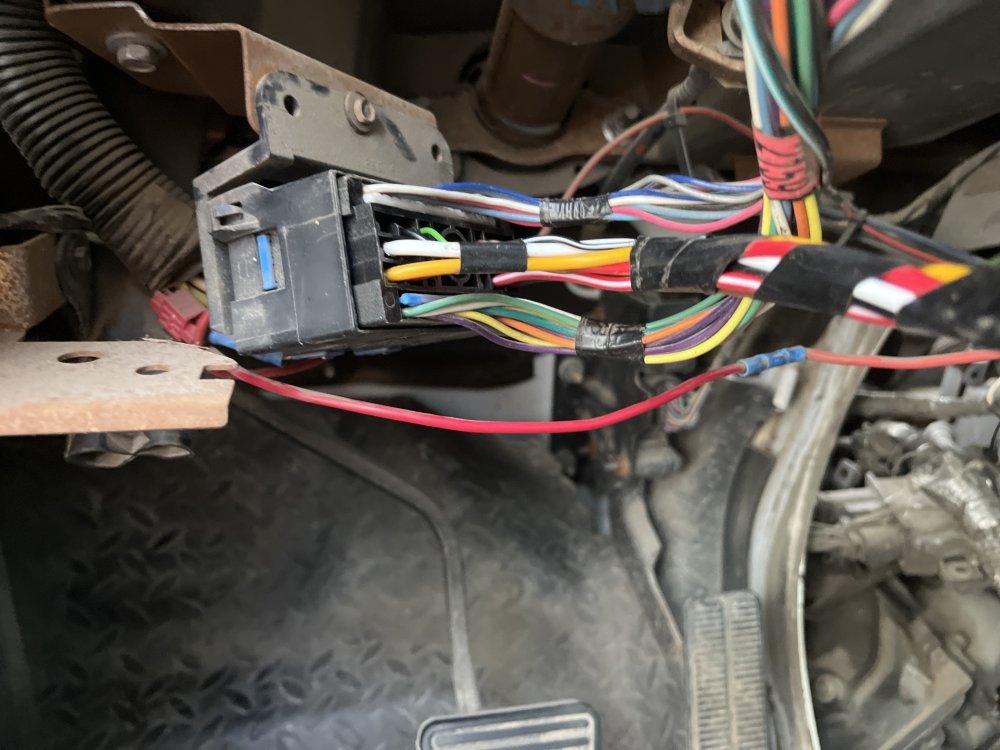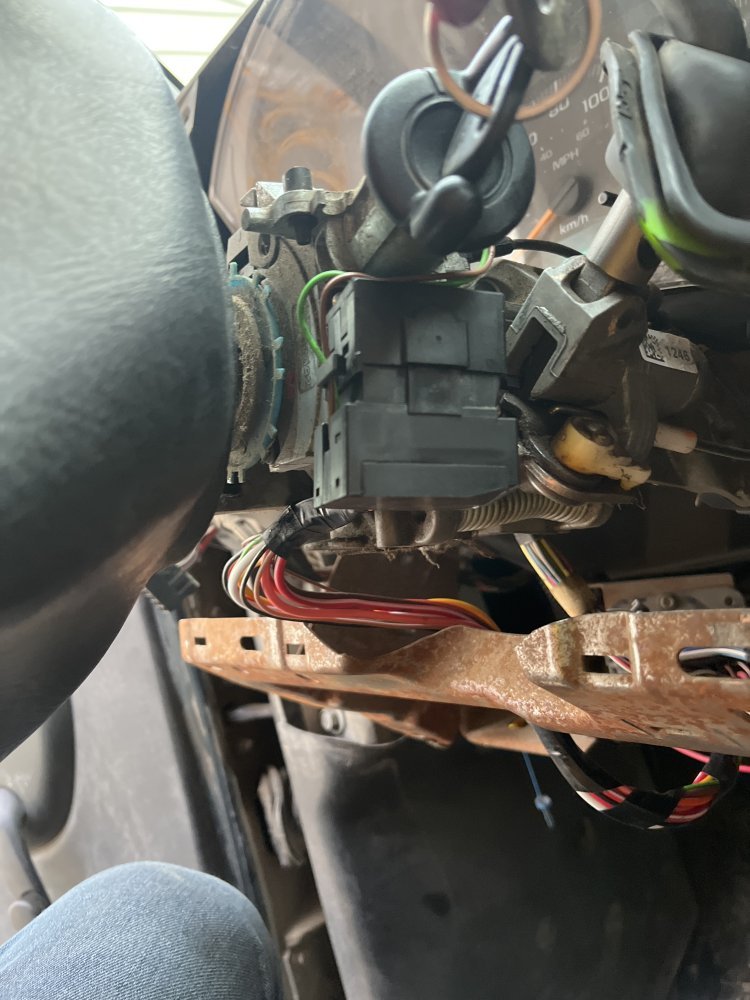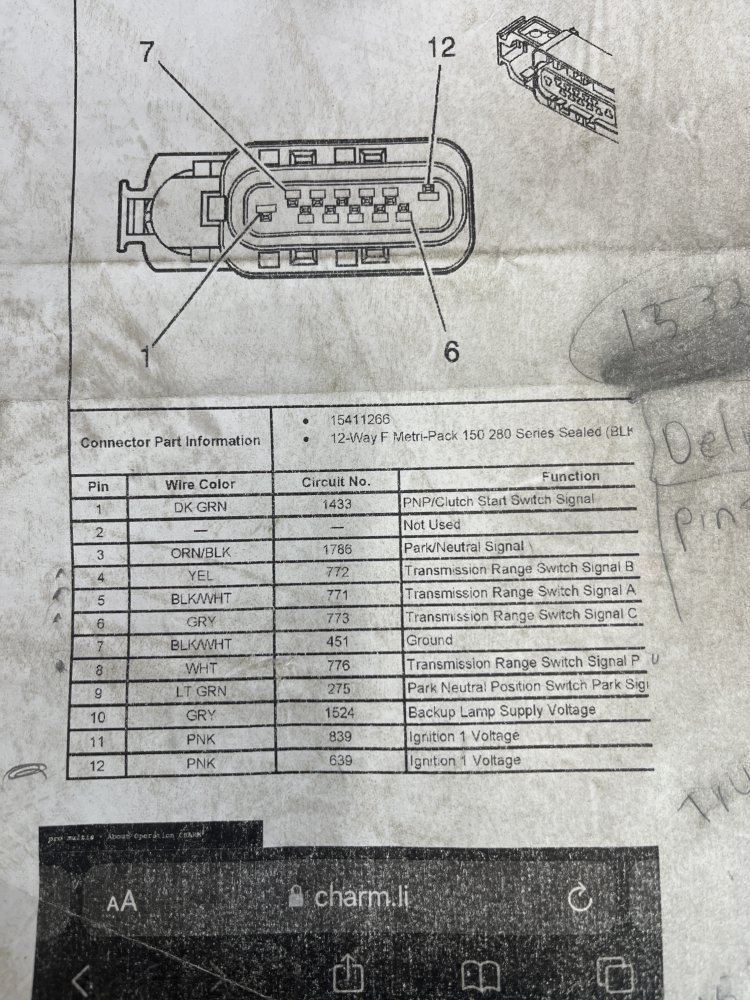Rockabillyrat
SlIgHtLy StUpId.
My diagram list pin 12 at crank voltage. So it should only have 12v on it when the key is in the start position. Im trying to trace the wire for the c5500 chassis. On a 3500 chassis it shows 11 and 12 being 12v with the key on.



